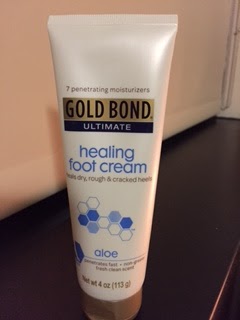In a traditional sense, the word assessment usually refers to judging the value of something -- often whle taking a test. But when WE do assessment, I encourage the students to think about taking inventory of their bodies, not to make judgements or to fear what the outcome might be, but to gather information and to act more as detectives on an investigation, than a judge.
Some of our assessment includes looking at things we can't change, like our skeletal structure, our height, body type... and the things we can change, like muscular imbalances caused by our skeletal structure or habitual patterns learned over time, range of motion and mobility, our level of strength in certain muscle groups... all of this informs us as to what we need to work on to become stronger dancers and more efficient movers.
Check out Talia (photo below) in a prone isometric plank while Jesse monitors her time on the clock. We held this for 30 seconds, then on both the right and left side, to assess strength. Partners noted when the body started to get tired, if the pelvis dropped or shifted to one side, if the head came out of alignment, or other deviations.
And take a look (photo below) at Campbell being assessed by Kate as she measures strength in both hamstrings and quadriceps of each leg. Using both actions of flexion and extension at the knee joint, we can see if one muscle group is stronger than the other.
Afterward, we got to complete on our first workout of the summer. Starting with some cardio-repiratory training to begin, like jumping jacks, oblique twits, and booty kickers, we warmed up the body and got our heart pumping. We did squats, reverse lunges, and core stability exercises, like the pelvic bridge and cobra. We finished with walking push-ups and a stretch. All in all, the students had fun while listening to some upbeat music and getting their bodies into shape!
Working out with friends is always more fun that doing it alone, so grab a neighbor and turn up the music. Get your body moving and build some new strength!













